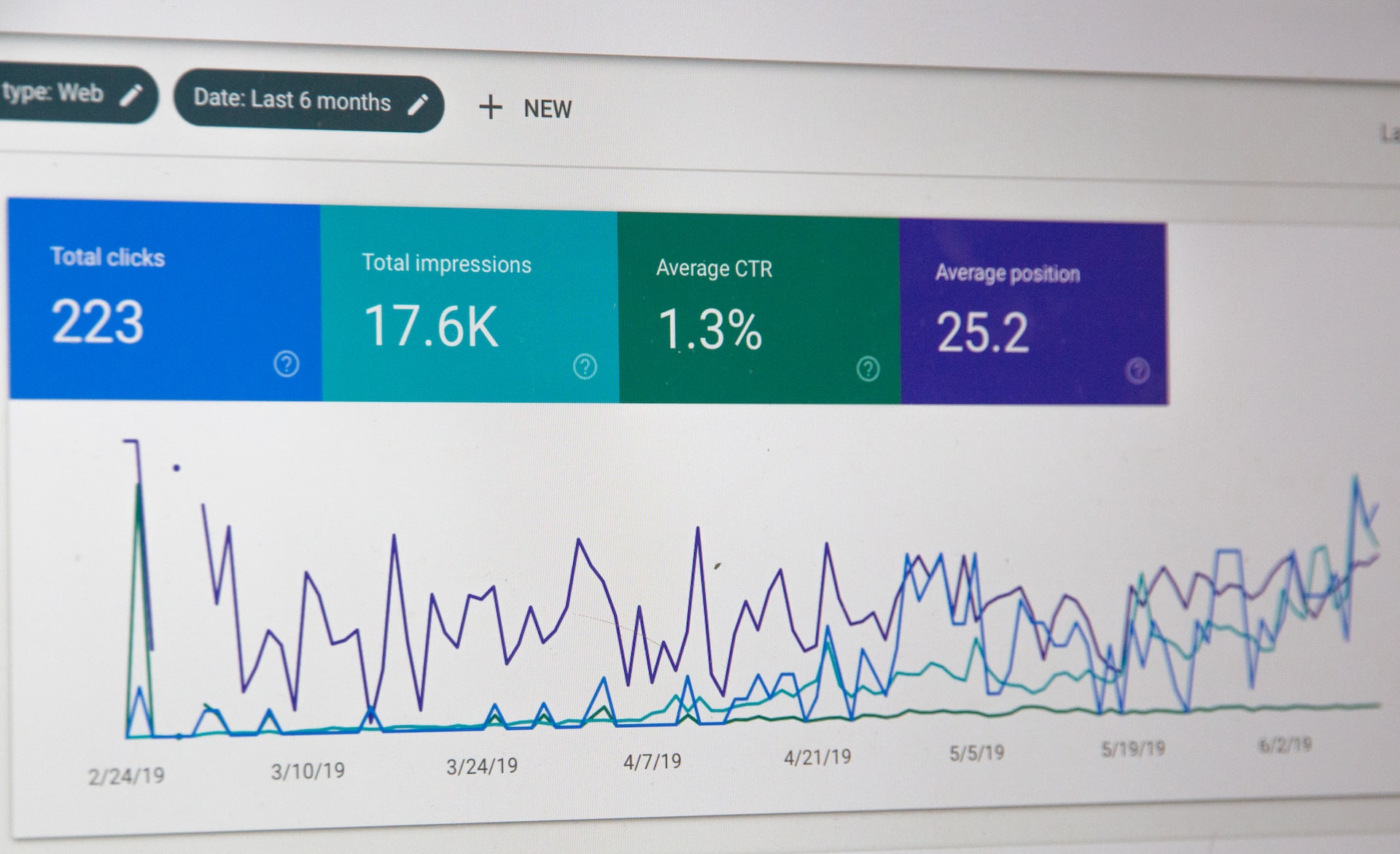Introduction
It is critical in today’s internet environment to ensure that your material is read or rated on the first page of search engines such as Google or Bing. The reason for this is because search engines are a great way to drive organic traffic to your website, blog, or any other media you’re using to sell your product. So, what exactly is SEO, why is it significant, and how does it work?
Excellent questions! Let’s make things a little clearer.
What Is the Importance of SEO?
Many of us, when we have a question, instantly turn to our computers or mobile devices and begin typing in our query, thinking that Google would give some insight. Most of us, including myself, click on the first few links that appear in the search results. If you don’t find what you’re searching for, you may usually browse down the page a little or even navigate to the next page until you discover the correct information that best aligns. As a result, we’ve grown to rely on the internet to answer all of our queries in our daily lives.
SEO is now in operation. It ensures that you obtain the greatest results from that written inquiry. As a result, if your material is not suited for your user, you may be losing exposure and other critical leads to your supplied product online.
Everyone wants people to see their stuff, and we can all agree on that. The more traffic you can bring in, the more opportunities your firm will have. Understanding how SEO works will be critical to attracting the attention you require for your content in order to reap the benefits.
What Exactly Is SEO?
First, in case you didn’t know, SEO stands for Search Engine Optimization. SEO is an abbreviation for Search Engine Optimization. It’s a typical method employed by digital marketers to increase the odds of their content or websites being ranked among the profusion of other material fighting for prime real-estate – the first page of Google. You’re undoubtedly wondering, "How can I do this?" There are other various strategies that individuals use, but that area will be covered in a subsequent blog. For the time being, we’ll just go over how everything works.
It’s critical to first grasp the complexities of SEO and lay a solid foundation, so let’s dig behind the hood.
What Is the Process of SEO?
Search engines are fantastic tools at your fingertips that allow you to access information on almost any topic you have a query about. Search engines, such as Google, do not inherently understand how content is ranked. Fortunately, they’ve created these small aids to help them categorize all of this data. These assistants are known as web crawlers or spiders, and their primary purpose is to retrieve all of this information and store it in an index, also known as a database or storage facility.
Then, using mathematical equations that are programmed to do a certain task, algorithms sift through this index or database. You’re essentially building an instruction manual for these algorithms to use in order to manage this massive index. You may, of course, program these algorithms in whatever way you like. This means that algorithms can and do evolve over time.
What Exactly Are Web Crawlers?
Crawlers, as the name implies, sift through all of the stuff on the internet, both old and new. These crawlers are programmed to rank material based on how appealing it is to a person who visits that website. If it satisfies the criterion for excellent content, it raises your chances of obtaining more eyeballs on that particular page.
Going furniture shopping is a fantastic example to consider. You’re in the market for a new couch for your new apartment. You should ensure that it satisfies your fundamental standards in terms of color, comfort, size, and general style. So you get in your car and head to the local furniture store in search of the ideal couch. When you arrive, you may notice hundreds of styles to pick from, and here is where you come in to go through all of this information. You’re acting like a crawler right now, classifying all of those couches you see. That is, in essence, how crawlers operate. They are filtering and rating all of that information depending on what they are trained to believe will be the greatest fit for the sort of audience searching.
A crawler will rank you based on factors such as responsive design, website speed, and backlinks. Google’s algorithms employ over 200 ranking variables. No one knows what all of these are, but based on studies, people have a very good understanding of some of them. But, as I indicated before, we’ll get to it in a future blog.
It’s vital to remember that crawlers aren’t flawless and, as a result, have limits. Crawlers, you see, lack the capacity to observe things visually in the same way that people do, which means they can’t view video or that lovely image that a designer spent the time to produce. Instead, they examine the entire codebase to establish its quality. It’s similar to gold panning. Crawlers are seeking for those few nuggets of gold that they believe are worthy of showing off and displaying in front of their audience.
Conclusion
And there you have it, a quick overview of what SEO is and how it works. Everyone who creates material on the internet should have a solid understanding of SEO. When you understand how something works, you are more likely to obtain the intended results.
Now that you know a little bit more about SEO, the next article will go through how to better optimize your content utilizing various SEO tactics.
Alstra, as always, is available to assist with any website project! If you are interested in our services, please leave us a message.

